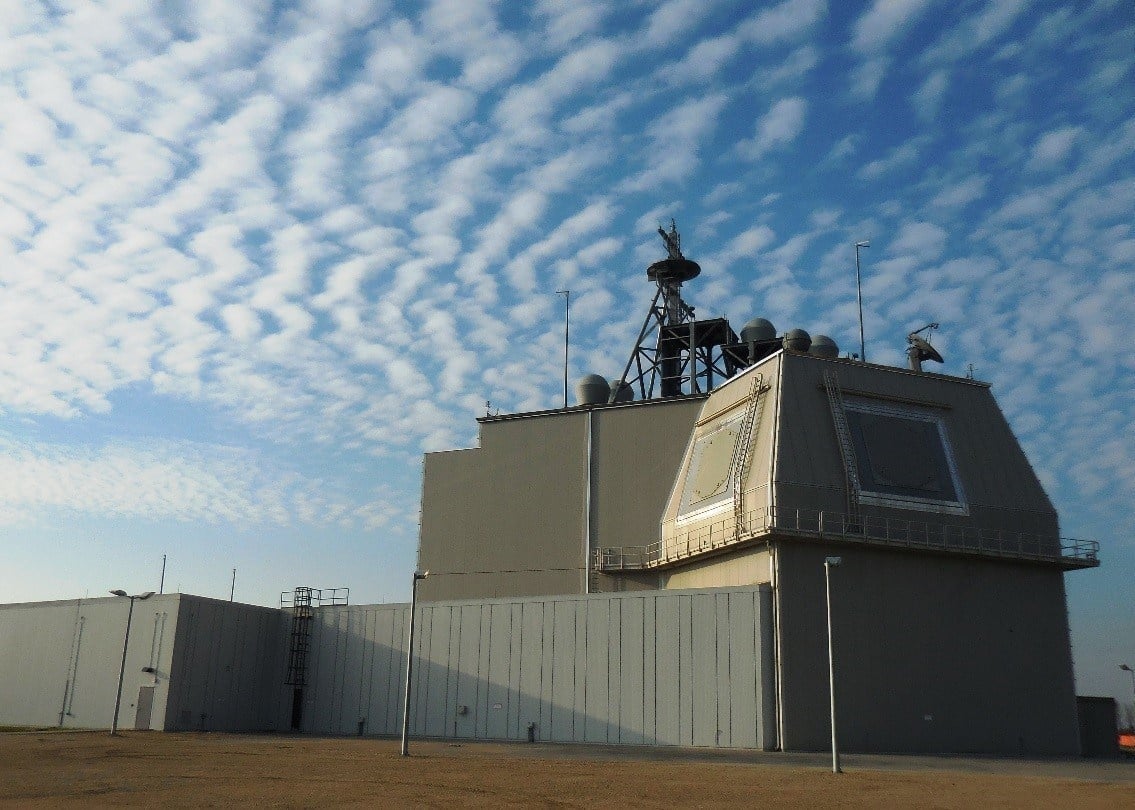
Japan has formally ended its plans to procure two Aegis Ashore missile defense sites, citing concerns that the booster on the Standard Missile-3 Block IIA interceptor missile couldn’t be guaranteed to land on military property instead of nearby civilian communities.
Defense Minister Taro Kono announced his intentions to pause the program on June 15. On Thursday, after speaking to the National Security Council chaired by Prime Minister Shinzo Abe the day before, Kono told lawmakers, “after deliberations at the NSC, we have come to the decision to cancel the deployment in Yamaguchi and Akita prefectures,” according to Kyodo News.
The two sites, one at the northern end of the country and one in the south, were meant to supplement ship-based anti-ballistic missile capabilities to protect the country against incoming missiles from North Korea or China.
According to Kyodo, Kono cited technical problems and increasing costs, as well as strong local opposition due to the fact that the SM-3 Block IIA interceptor couldn’t be altered to control specifically where the rocket booster would land.
USNI News understands that the SM-3 Block IIA – a missile that was co-developed by Japan and the U.S. – actually has a smaller dispersion area for where the rocket booster could fall than does other missiles that Aegis Ashore could use, such as the SM-3 Block IA or IB. However, after selecting the Aegis Ashore locations, local safety concerns led Japan to want to further narrow the area where the booster could fall, based on potential winds and other factors. Though the dispersion area is only a few kilometers wide, USNI News understands, Japan wanted a guarantee that the booster would land on military property or at sea, rather than on local civilian neighborhoods. USNI News understands that the Aegis Ashore shooting a SM-3 Block IIA could allow for certain no-drop zones, where the booster could be dropped in such a way to avoid hitting something like a school building, but guaranteeing that all civilian property would be safe was not technologically possible. Narrowly selecting where the booster would fall would require a different kind of missile altogether optimized for that feature, rather than the SM-3 IIA, which is optimized to have longer range and a bigger warhead than previous BMD interceptors.
Kyodo reported that Kono also told lawmakers that the Defense Ministry couldn’t pick alternate sites for the Aegis Ashore installments, so the effort was canceled.
The two other Aegis Ashore installations – in Romania and Poland – are located at more remote military areas, with the risk a falling booster poses to civilian infrastructure being minimal. The House Armed Services Committee is considering legislation that leaves the door open for an Aegis Ashore site at Fort Drum, N.Y., for homeland defense; that site, too, would protect civilian infrastructure because the launchers could likely be set up with the booster dispersion area contained within the fences of the large, remote Army base, USNI News understands.
Without Aegis Ashore, Japan will rely on what will soon be a fleet of eight Aegis-equipped destroyers in the Kongo, Atago and Maya classes of DDGs, as well as land-based Patriot Advanced Capability-3 missile defense coverage.





